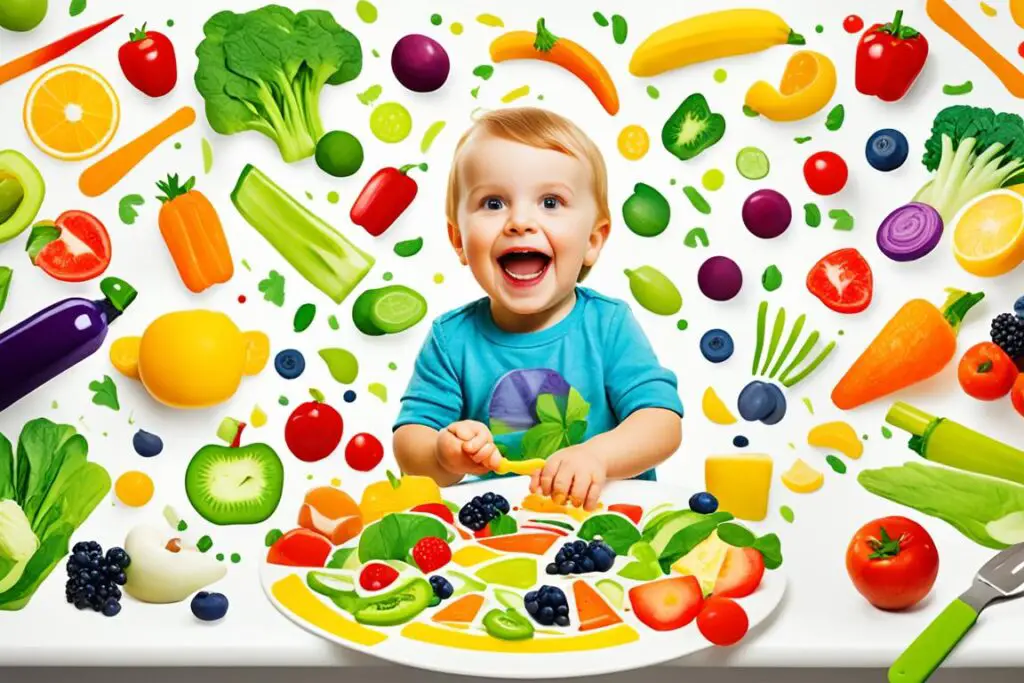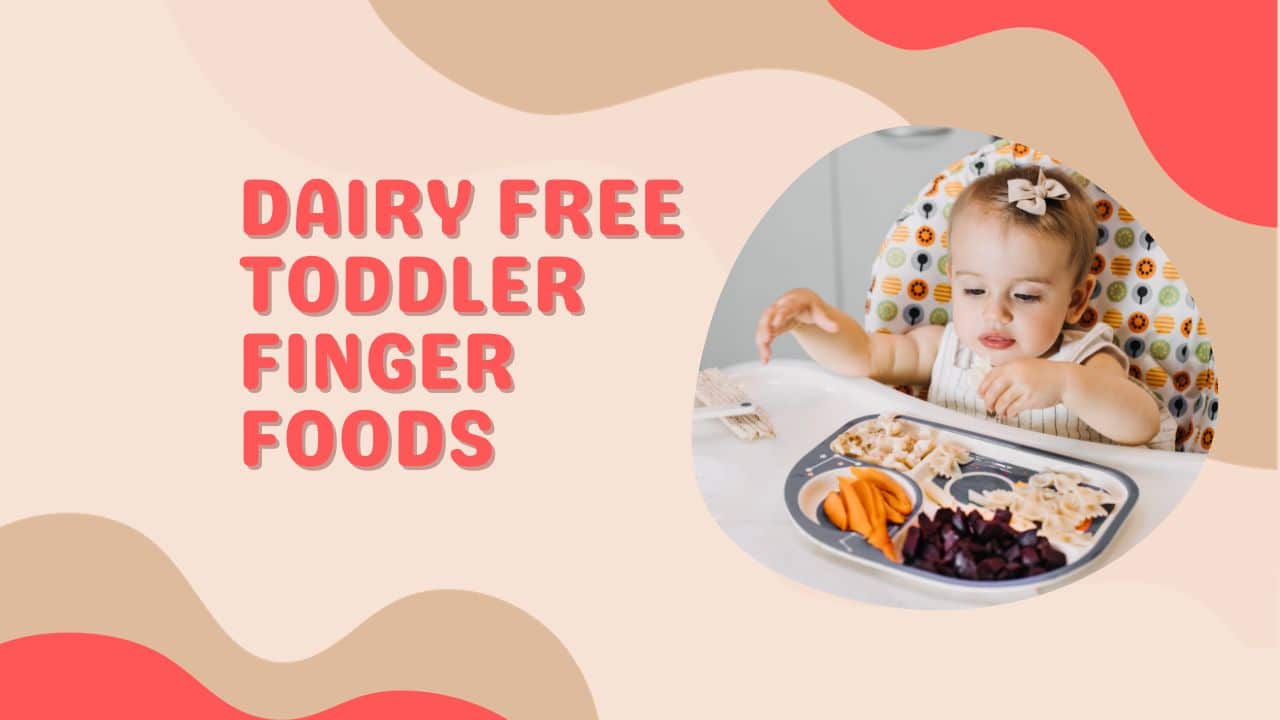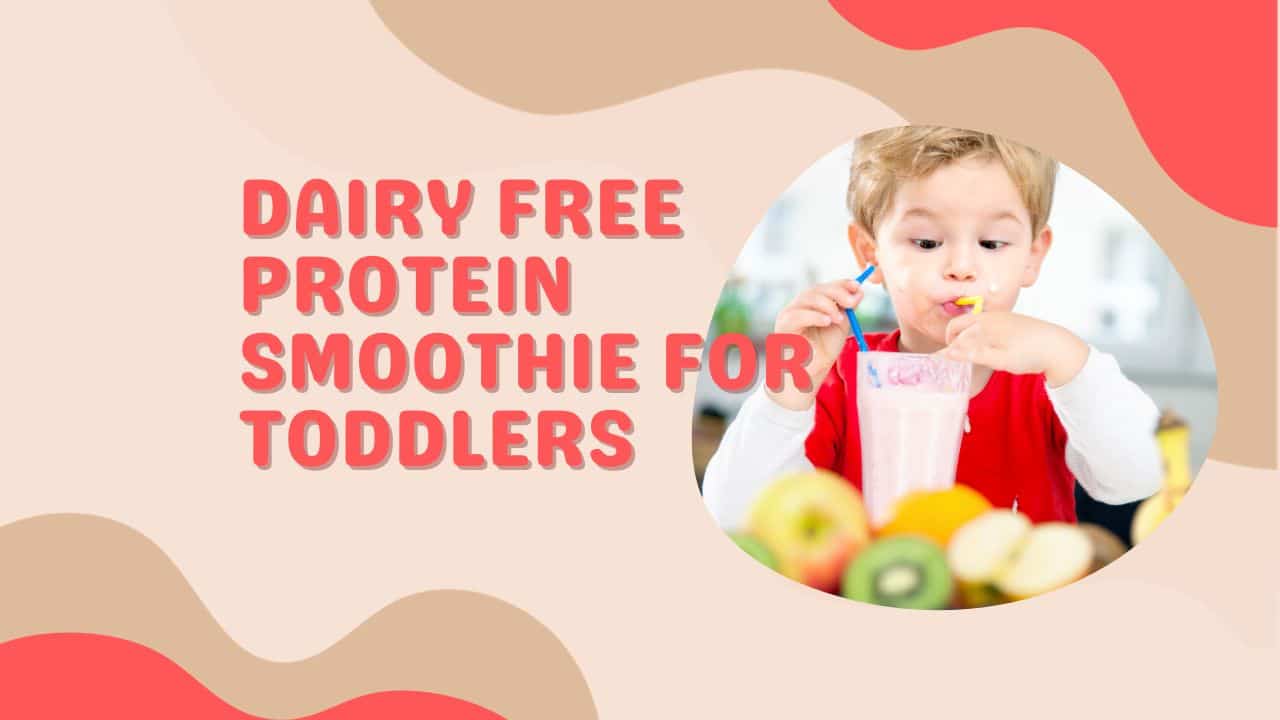The first three years of a child’s life lay the foundation for a lifetime of health and well-being, making toddler nutrition a pivotal part of their development. An optimal balance of nutrients is crucial for the burgeoning infant growth during this dynamic period of physical and cognitive advancements. Understanding the healthy diet for toddlers can appear daunting, but with the right guidance, caregivers can satisfy their toddler dietary needs to foster vitality and growth.
Nutrition in early childhood goes beyond simply providing food for sustenance; it’s about creating and maintaining a dietary pattern that promotes overall health and development. Delineating precisely what constitutes an appropriate diet for young children, this guide serves as a critical resource for those committed to nurturing the young ones at this formative stage of life.
Key Takeaways
- Recognizing the significance of balanced nutrition in early childhood.
- Implementing dietary practices that support robust infant growth.
- Ensuring a variety of foods to meet the comprehensive toddler dietary needs.
- Adopting strategies for a lifespan of healthy eating habits.
- Establishing a foundation for long-term well-being through sensible toddler nutrition.
Understanding Nutritional Needs for Toddlers
Toddlers are in a critical phase of development that requires attention to their nutritional intake. A well-thought-out diet serves as the building block for their physical, cognitive, and emotional growth. It’s imperative that parents and caregivers understand the integral components of a daily regimen that enriches toddlers with balanced meals and essential nutrients. Let’s delve into what constitutes a well-rounded dietary pattern that aligns with dietary guidelines for children and supports their wholesome development.
Importance of Balanced Meals
A consistent plate of balanced meals for toddlers incorporates a range of food groups delivering energy, protein, fat, vitamins, and minerals. Balance, variety, and moderation are the key principles driving the nutritional needs during this impressionable stage. Meals should be colorful and diverse, combining grains, lean proteins, fruits, vegetables, and dairy to cover the spectrum of their daily requirements.
Essential Vitamins and Minerals
The dietary focus for toddlers includes a range of essential nutrients vital for their growth. Calcium and vitamin D are indispensable for strong bones, while iron supports cognitive development. Omega-3 fatty acids contribute to brain health, and a range of B vitamins fuel their energy levels. Here’s a table illustrating the vitamin requirements for infants and why they’re necessary:
| Nutrient | Role in Development | Recommended Sources |
|---|---|---|
| Vitamin D | Bone growth and immune function | Fatty fish, fortified cereals, and dairy products |
| Calcium | Bone and tooth formation | Milk, cheese, yogurt, and fortified plant-based milks |
| Iron | Cognitive development and red blood cell production | Lean meats, beans, spinach, and iron-fortified cereals |
| Omega-3 Fatty Acids | Brain function and vision | Flaxseeds, walnuts, and fatty fish like salmon |
| B Vitamins | Energy production and healthy metabolism | Whole grains, meat, eggs, and dairy products |
Monitoring Growth and Development
Regular growth monitoring is a salient part of ensuring that toddlers are meeting their developmental milestones. Growth charts can help identify disparities in growth patterns, prompting dietary and lifestyle adjustments. Caregivers should routinely measure their child’s weight, height, and head circumference, comparing them to standardized benchmarks. For comprehensive oversight, pediatricians often guide families on proper growth monitoring techniques and interpret the data to ensure that toddlers are on the right track nutrition-wise.
Establishing Healthy Eating Habits Early
Introducing healthy eating for toddlers is more than just a means to provide necessary nutrition; it’s about instilling a foundation for lifelong eating patterns. As toddlers begin developing food preferences, they look to their caregivers for cues on what and how to eat. Establishing consistent and nurturing toddler mealtime routines sets the stage for children to embrace a variety of foods and develop a curiosity for new tastes within a positive eating environment.
To foster a relationship with food that is both enjoyable and healthful, it’s essential to think about the environment in which meals are consumed. A positive atmosphere can make mealtimes pleasurable and relaxed, increasing a child’s willingness to try new foods. Below are strategies to create such an environment, engage your toddler during meals, and nurture their burgeoning palate.
- Create a routine: Have regular meal and snack times to provide predictability, which can be reassuring for toddlers.
- Involve your child: Allow toddlers to help with simple tasks during meal prep to promote interest in what they will be eating.
- Lead by example: Eat the same healthy foods as your toddler to model good eating habits and show them that the food is safe and enjoyable to eat.
- Keep the atmosphere joyous: Encourage pleasant conversation and maintain a stress-free environment to ensure a positive association with mealtime.
- Offer variety: Introduce diverse foods early on to help them develop a more adaptive palate.
- Minimize distractions: Turn off the TV and put away toys to keep the focus on the meal.
- Be patient with new foods: It may take several attempts before a toddler accepts a new flavor or texture, so avoid pressuring them and offer new foods multiple times.
- Respond to hunger and fullness cues: Respect when your child indicates they are hungry or full to encourage intuitive eating habits.
Sometimes, parents may encounter hurdles such as picky eating, but this is a normal part of development. The key is to remain calm and persistent, continuing to offer a variety of foods without forcing the issue. Presenting foods in different forms, with appealing colors and shapes, can also entice a child to explore unfamiliar tastes and textures.
| Challenge | Strategy |
|---|---|
| Picky Eating | Offer a variety of nutritious options without pressuring the child. |
| Resistance to New Foods | Introduce new foods alongside familiar favorites multiple times. |
| Lack of Interest in Meals | Engage in interactive meal prep and keep mealtime engaging. |
| Overeating or Under Eating | Provide appropriate portions and pay attention to hunger and fullness cues. |
By paying attention to these various elements of toddler mealtime routines and remaining consistent in your approach to nourishing your child, you are more likely to instill healthy, lifelong eating habits. Remember, the goal is not just to get through the next meal, but to establish a trajectory for healthy eating for toddlers that lasts well into their future.

Diet for Infants 1 3 Years – Building the Foundation
As we journey into the world of infant nutrition, the core elements of a toddler’s diet can pave the way for lifelong health. It’s not just about what children eat, but also how much and how often. In this section, we’ll focus on the importance of healthy portion sizes, the variety in their meals, and staying hydrated, ensuring our toddlers have the best start possible.
Proper Portion Sizes
Understanding toddler portion sizes is essential in preventing overfeeding while ensuring sufficient nutrition. Small, well-balanced meals spaced throughout the day can meet the needs of their growing bodies and developing appetites. A toddler’s serving might look significantly smaller than that of an adult, and rightly so, considering their tiny stomachs.
- Fruits and vegetables: 1/4 to 1/2 cup per meal
- Grains: 1/4 cup of cooked pasta or rice
- Protein: 1-2 ounces of meat or a tablespoon of peanut butter
- Dairy: 1/2 cup of milk or yogurt
Meal planning for toddlers can feel like a delicate balancing act, but with a few simple guidelines, parents can create well-portioned plates that satisfy both hunger and nutritional needs.
Incorporating Variety into Meals
A diverse toddler diet introduces young palates to a range of flavors and textures, encourages a love for different foods, and covers a broader nutritional profile. Varying the types of fruits, vegetables, grains, proteins, and dairy across meals can make for an enjoyable and wholesome eating experience. Colorful plates are not only visually appealing for toddlers but are also indicative of nutritional variety.
- Include a rainbow of fruits and vegetables to ensure a mix of vitamins and minerals.
- Try different grains like quinoa, barley, and oats instead of solely relying on rice and pasta.
- Offer a variety of proteins such as poultry, beans, tofu, and fish.
Regularly changing up the menu keeps toddlers curious about food and eager to try new dishes.
Hydration and Beverage Choices
Hydration for children cannot be understated — it plays a crucial role in their overall health and well-being. Toddlers should typically drink around 1 to 4 cups of water a day, depending on their activity level, climate, and individual needs. In addition to water, milk is a significant contributor to hydration and nutrition, offering calcium and vitamin D.
- Always have water available and encourage regular sips throughout the day.
- Opt for water or milk over juices and avoid sugary beverages.
- Be attentive to signs of thirst, particularly in hot weather or after play.
By making healthy beverages accessible and limiting options that are high in sugar, parents can ensure that their toddlers stay hydrated with nutritious choices.
Allergies and Dietary Restrictions
When it comes to toddler food allergies, managing the associated dietary restrictions can seem like an overwhelming task. However, parents and caregivers can effectively cater to children’s needs by becoming well-versed in food allergens, recognizing symptoms of allergic reactions, and working closely with healthcare providers. Gluten-free diets for toddlers and lactose intolerance in children are among the common restrictive dietary considerations that require attention and careful meal planning to maintain nutritional adequacy.
Gluten-free diet for toddlers and managing lactose intolerance often require substituting certain staple foods with nutritionally equivalent alternatives. For example, a traditional dairy-based diet may need adjustment to cater to a child’s lactose intolerance, replacing common sources of calcium and vitamin D with suitable alternatives. Gluten, a protein found in wheat, barley, and rye, is another common allergen that necessitates dietary modifications for affected toddlers. Identifying hidden gluten in processed foods is crucial for parents managing gluten-related disorders such as celiac disease.
Below is a comprehensive table showing alternative sources of essential nutrients for toddlers with food allergies or dietary restrictions:
| Allergic Condition | Nutrients Affected | Alternative Sources |
|---|---|---|
| Gluten Intolerance/Celiac Disease | Fiber, B Vitamins, Iron | Quinoa, brown rice, fortified gluten-free products |
| Lactose Intolerance | Calcium, Vitamin D | Lactose-free milk, fortified plant milks, broccoli, kale |
| Egg Allergy | Protein, Fat-soluble vitamins | Plant-based protein blends, avocado, leafy greens |
| Peanut/Tree Nut Allergy | Healthy Fats, Protein | Seeds (pumpkin, sunflower), legumes, soy products |
An important part of managing dietary restrictions is creating an allergy action plan. This should include identifying signs of an allergic reaction, such as hives, difficulty breathing, or anaphylaxis, and knowing how to respond accordingly—usually involving antihistamines for milder reactions or epinephrine for severe ones.
Formulating a nutritionally complete and safe diet while considering toddler food allergies or intolerances involves introducing diverse, allergy-friendly foods and monitoring the child’s growth and development. A dietitian or pediatrician can help customize a child’s diet that aligns with their specific nutritional needs. Families should also always keep an updated list of safe foods, and when in doubt about a product’s ingredients, avoid it or seek expert advice.

A key strategy in managing toddler food allergies is constant communication with childcare providers, schools, and other guardians to ensure everyone is aware of the child’s dietary needs. In addition to alternative nutrient sources, there are many prepackaged gluten-free and lactose-free products specifically tailored for toddlers with allergies. However, fresh, whole foods are always preferred to provide the nutrition that growing toddlers require without unnecessary additives or preservatives.
In summary, parents and caregivers can effectively navigate the complexities of food allergies and intolerances with education on alternative nutrition sources and building a collaborative care team. By doing so, they can ensure their toddlers thrive despite managing dietary restrictions.
Conclusion
As we begin wrapping up toddler nutrition in this guide, it’s clear that the journey to establishing a healthy foundation for life starts in the earliest years. We’ve explored key components of a balanced diet, underscored the significance of nutrient-dense foods, and discussed strategies to encourage positive eating habits. What emerges is a nutrition recap that serves as a lens through which committed parenting and caregiving can be viewed as the cornerstones of laying this foundation.
The role that parents and caregivers play cannot be overstated. Their dedication to the nutritional well-being of toddlers is fundamental to these formative years. By offering varied, balanced meals, monitoring growth patterns, and playing an active role in mealtime, these stewards of health are setting a course for robust, lifelong well-being. The considerations and insights provided are design to guide, inform, and reassure those responsible for navigating the complexities of infant nutrition.
As the curtain falls on our comprehensive guide, let it be a source of empowerment for all who invest in the health of the next generation. Here’s to fostering continued diligence and passion for providing optimal nutrition, underlining our collective commitment to nurturing the full potential of our youngest population. The seeds we plant today in our children’s diets are the very roots of a vibrant, healthy future.


